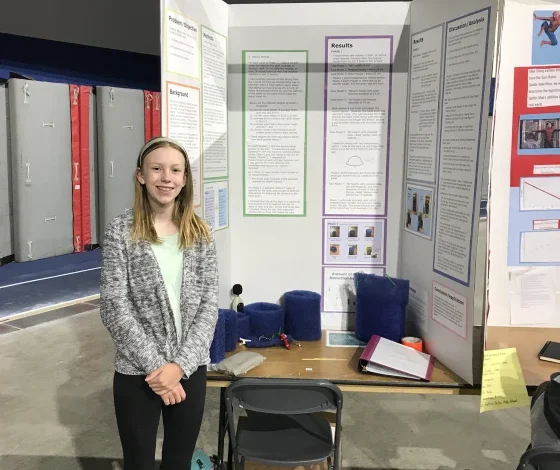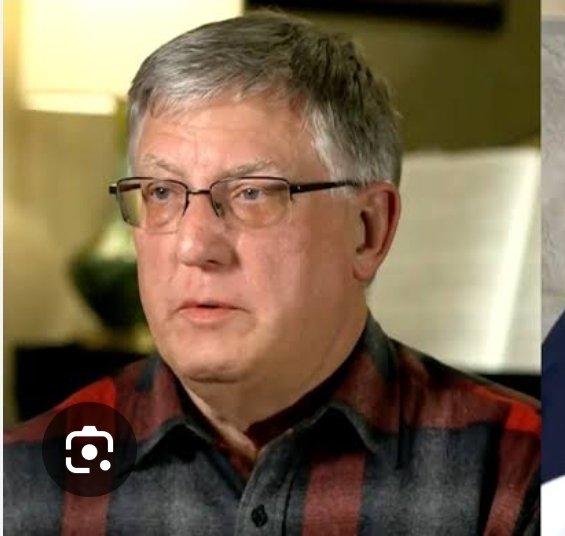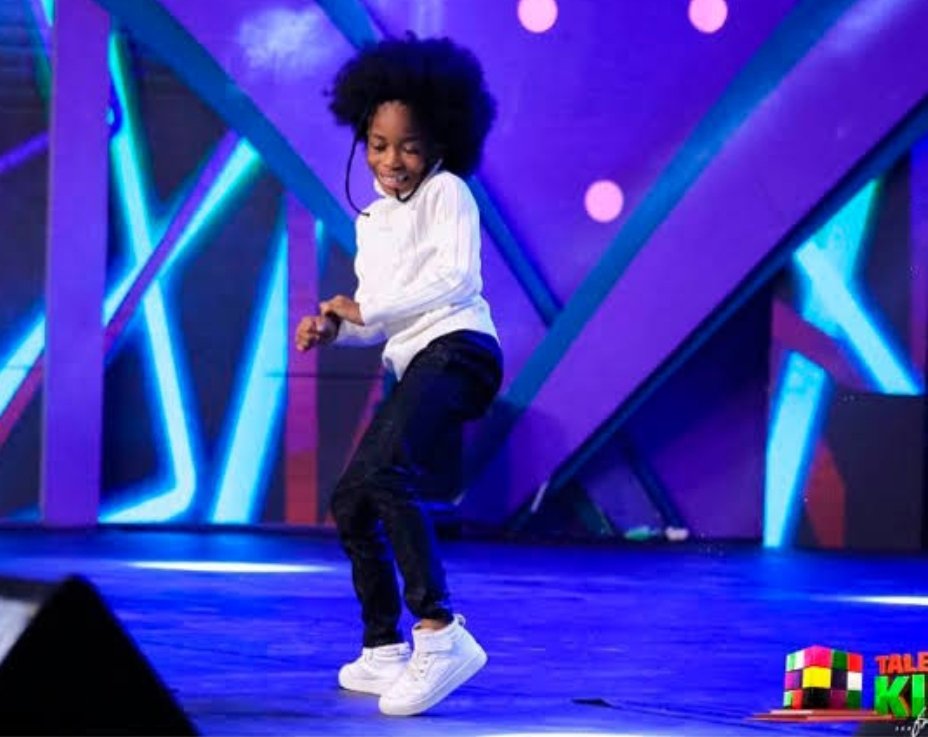Nora’s journey into research began with a simple observation: her ears hurt every time she used a hand dryer. She also noticed that other children would cover their ears, refusing to use them. This led her to ask an important question: Are hand dryers too loud for children?
Determined to find out, she began testing the noise levels of different hand dryers in public spaces such as schools, malls, libraries, and restaurants. She quickly realized that no one had studied how hand dryers impact children specifically. Most manufacturers only measure noise levels at an adult’s height, failing to consider that children are much closer to the source of the sound.
At just 13 years old, Nora published a peer-reviewed study in Paediatrics & Child Health (2019), proving that many hand dryers in public restrooms exceeded safe decibel levels for children, reaching noise levels as loud as a subway train or a sports stadium.
To conduct her research, Nora spent over a year measuring the noise levels of 44 different hand dryers across Calgary, Canada. She discovered that some hand dryers reached 120 decibels, a level that can cause ear pain and permanent hearing damage. She also found that children are more vulnerable because their ears are smaller, which makes sounds louder for them than for adults.
Nora’s study sparked global discussions about the safety of hand dryers, prompting some manufacturers to rethink their designs. Dyson even invited her to meet their acoustic engineers and encouraged her to pursue a career in science.
Not stopping there, Nora worked on creating a noise filter for hand dryers, developing a prototype that could reduce the sound by 11 decibels. She is even considering patenting her invention. Now 17, Nora remains passionate about science and advocacy. Whether she becomes a marine biologist or continues her work in public health, she is proof that young people’s voices matter.






